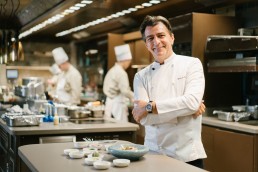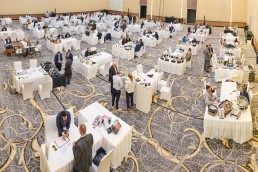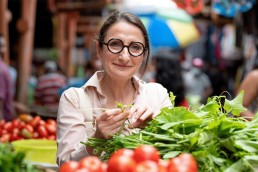Using the surrounding forest as its mains supplier, a new culinary experience in the Dolomites brings pine to the plate, writes Heleri Rande.
Standing at 1,800 metres above sea level overlooking the UNESCO World Heritage Site of the Dolomites is Forestis – new member of SLH billed as a refuge for the body and mind. The site of the hotel was originally meant to be a tuberculosis sanatorium commissioned by Emperor Franz Joseph from architect Otto Wagner at the beginning of the 20th century but was never finished due to the war and turmoil that shook the Austro-Hungarian Monarchy. More than a century later, hotelier Alois Hinteregger’s son Stefan Hinteregger and his partner Teresa Unterthiner have brought the healing qualities of the local water, mild climate and sun back to life in an eco-friendly and nature-first hideaway.
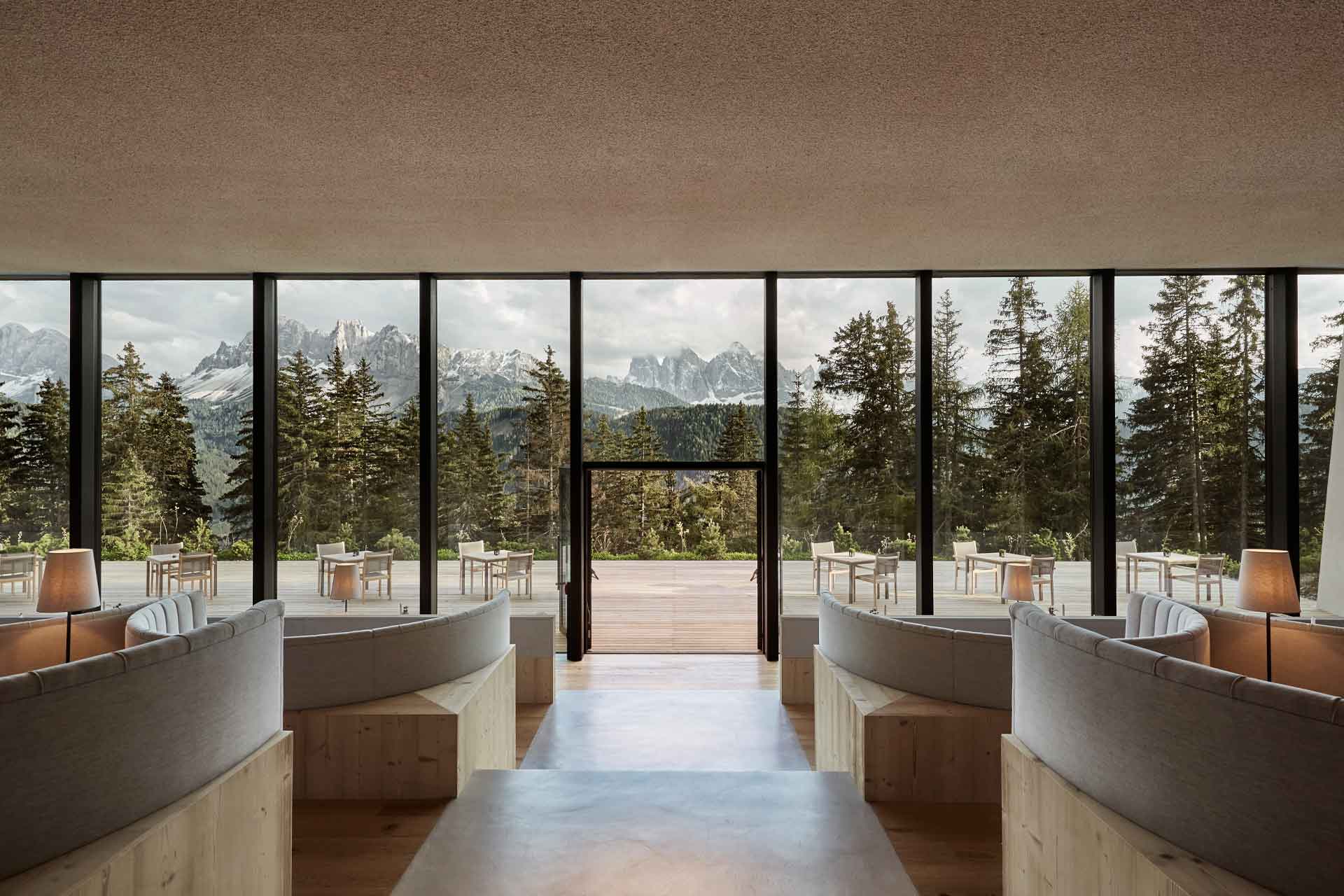
“For us it all starts with the pure Plose spring water that comes from 50 meters above Forestis,” explains Unterthiner. “We welcome guests with it, we cook with it, we use its healing qualities in the spa and it is complementary to consume all throughout the stay. It is actually one of the purest waters in Europe.” It is therefore no surprise that all possible steps have been taken to make the property as nature-driven and local as possible, a trend clearly embraced by pandemic-rattled travellers looking for peace and quiet in an idyllic setting that contributes to both physical and mental wellbeing.
The restaurant, designed by South Tyrolean Armin Sader of hotel architecture firm Asaggio, spans two floors accommodating 140 seats. The lower floor, which opens directly to the adjoining terrace, has been designed in the form of semi-circular booths, giving diners privacy and an unparalleled view of the massifs of the breathtaking Dolomites. Breakfast is served buffet-style with a selection of in-house baked breads, farmhouse butter, Alpine pasture blossom honey, hay milk yoghurt and chocolate spread from the Oberhöllerhof amongst a variety of local organic cold cuts and egg dishes made to order. Lunch can be chosen from a versatile menu that highlights international staples with local ingredients whilst dinner is where the unique forest cuisine really comes to life.
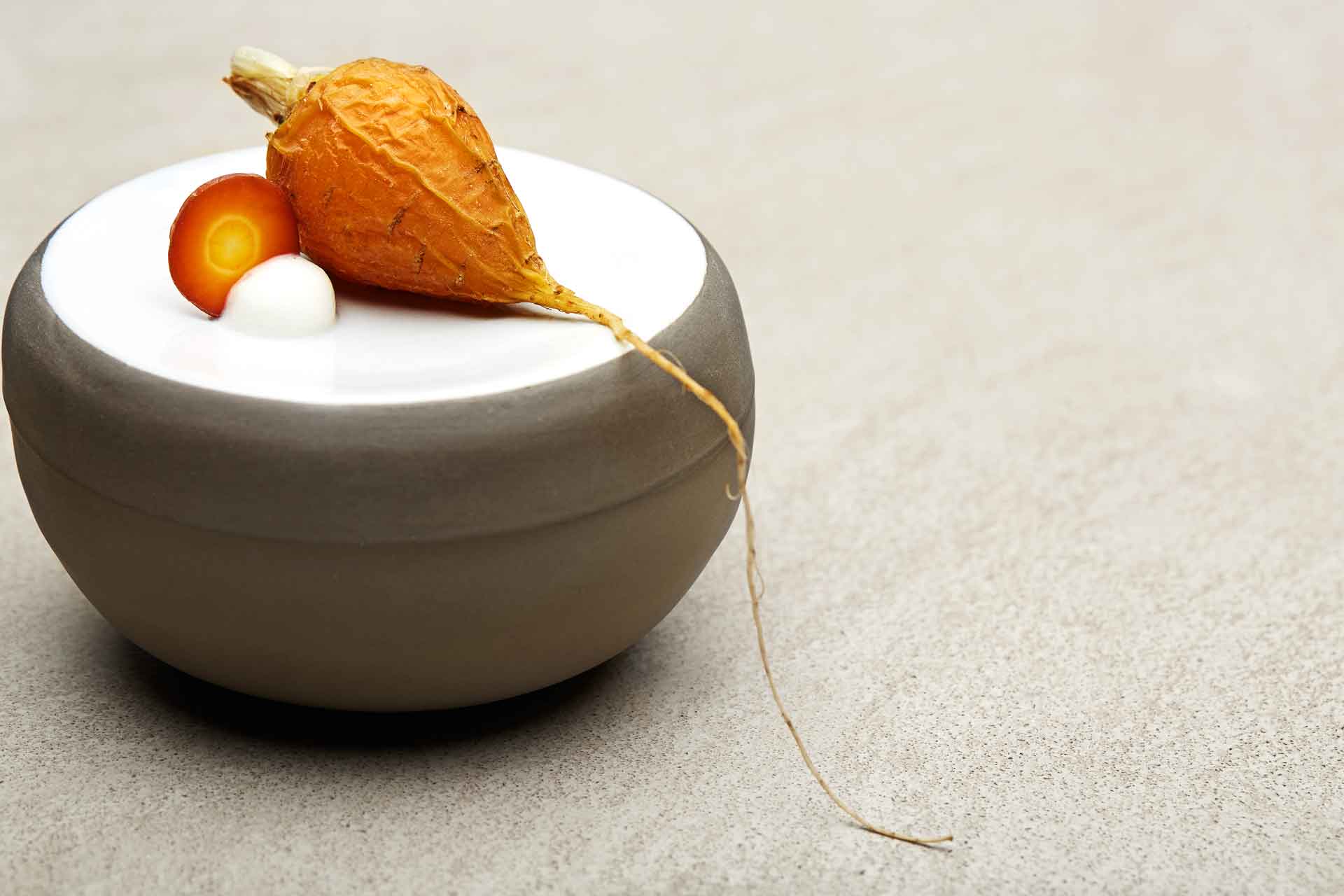
“For us being local and incorporating the surroundings to our menus is a priority,” notes Unterthiner. “For example, the father of our hotel director supplies us with most of the vegetables that are grown in the region. The tomatoes especially are worth a mention, their sweetness and freshness being absolutely unbeatable.” Whilst a traditional mountain menu might feel heavy, the seven-course dinner menu is definitely more refined, catering to both meat and fish lovers as well as offering a detox version to accommodate vegan and vegetarian dietary requirements.
The 14-strong kitchen is helmed by Roland Lamprecht, a native from the nearby town of Brixen, who over the years developed a friendship with the owners before taking the lead in the culinary development of the property. “The most exciting thing is definitely the opportunity to apply and develop my own style of cooking, which is influenced by forest cuisine,” says Lamprecht. “It is always a great challenge to create two completely new menus every day at a high level and to creatively incorporate various old techniques such as fermentation, smoking or drying.”
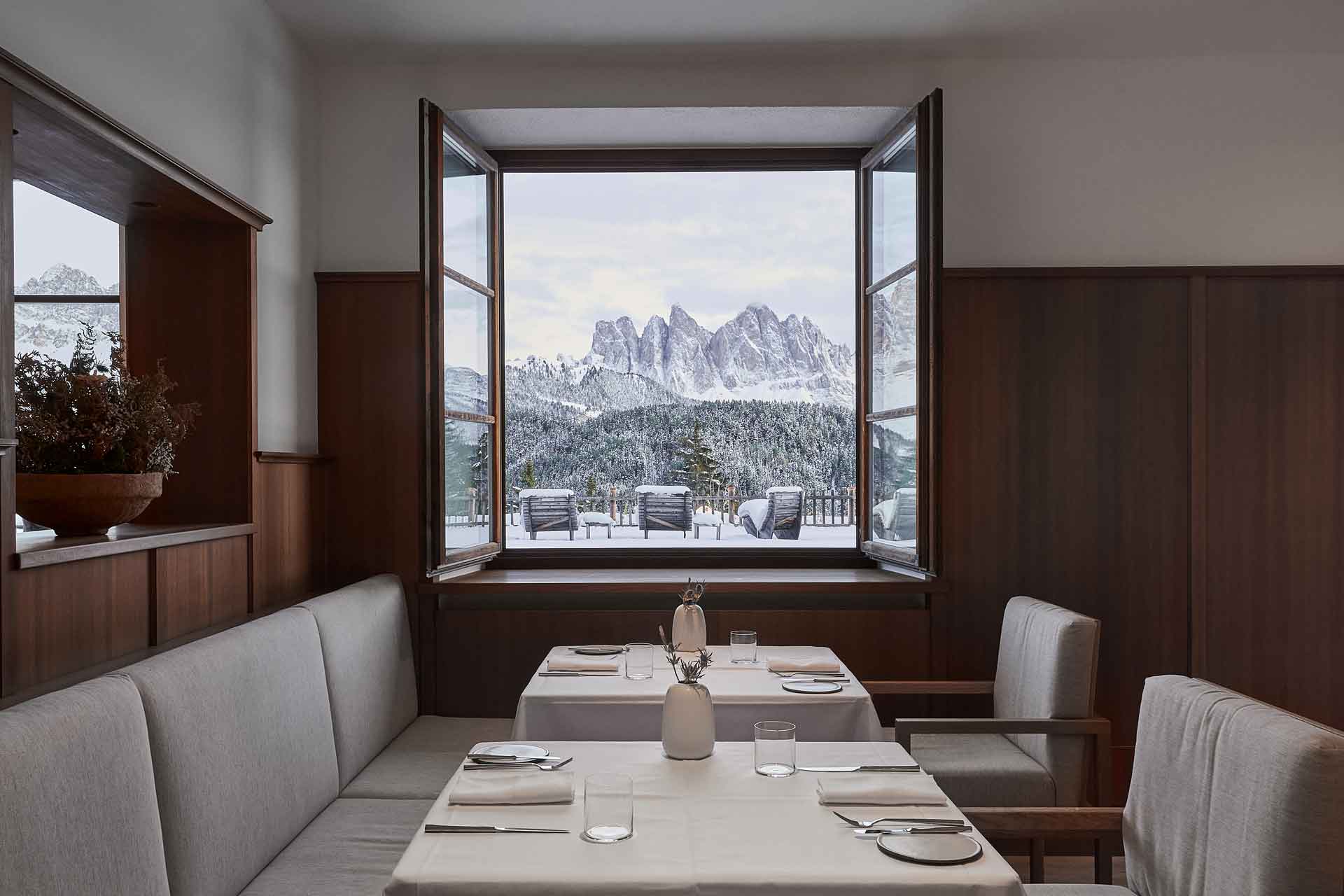
The menu begins with a seasonal salad and fresh bread and butter, followed by a lighter dish such as a carpaccio of local calf’s knuckle or pickled brook trout from the Eisack valley before moving on to the soup course velouté of ‘Good Henry’ – a nutritious and tasty vegetable from the nearby meadows with immune boosting qualities. Being in Italy one cannot escape the pasta dish, but Lamprecht makes sure it does not overwhelm the meal. Whilst meat-eaters might thereafter get a taste of the local venison, the detox menu delivers one of the house specialities – pearl barley risotto with mountain artichoke and spruce oil.
Using the surrounding forest as their main supplier the culinary team finds creative ways to incorporate the four main trees – spruce, mountain pine, larch and stone pine – into their creations. Head of Bar, Tim Biebighäuser-Becker, uses local gin and vodka to infuse with the various fresh sprigs. Guests can enjoy both cocktails and mocktails from many variations, such as a Smokey Root that includes stone pine, local whiskey, black walnut, beetroot and bitters or a White Tribe of spruce, local vodka, honey, thyme, lime and egg white. Head Sommelier Peter Frank makes sure that more than half of the wine list showcases local grape varieties such as Kerner, Silvaner and Lagrein, leaving some space for Italian and world classics.
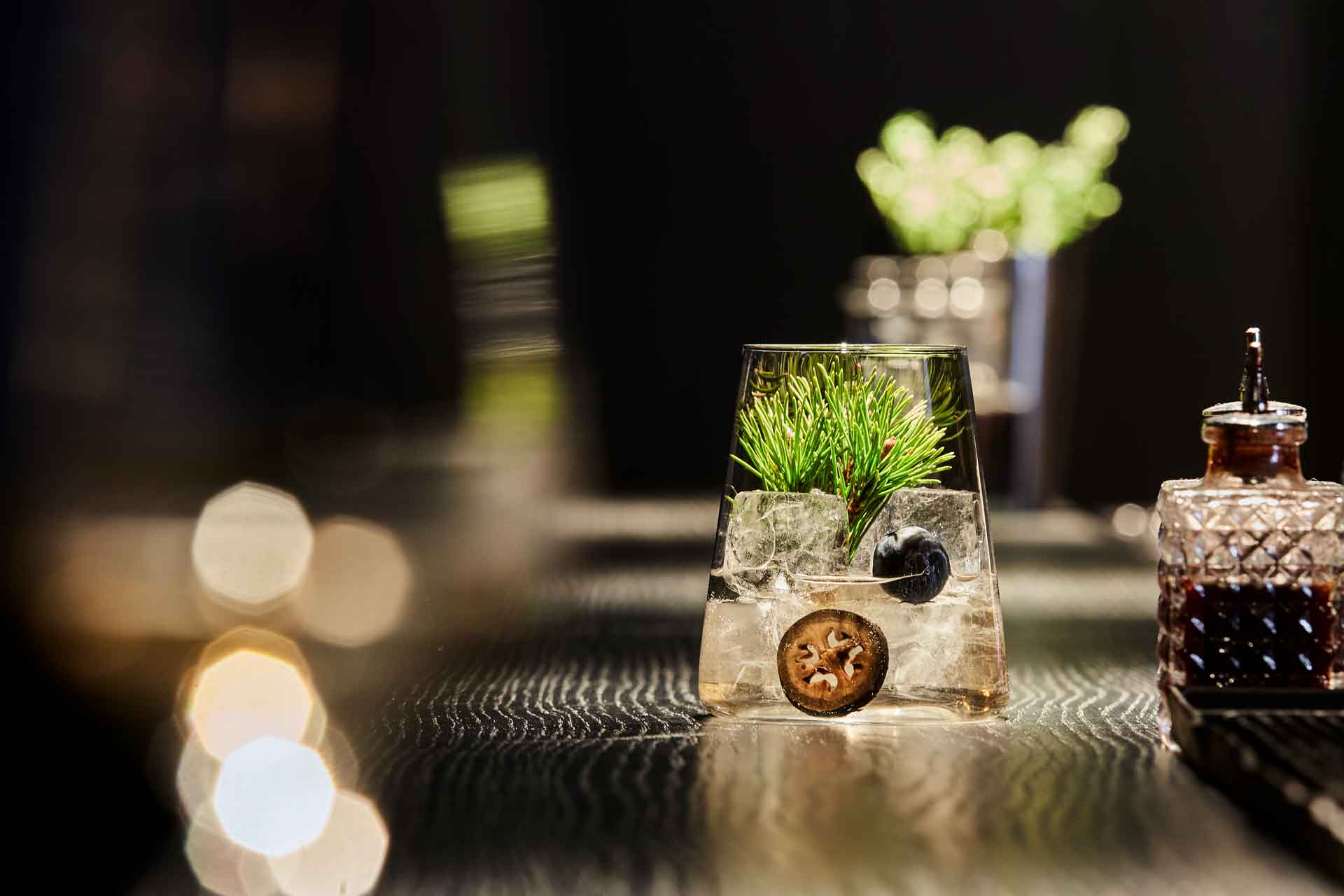
As the team awaits to open the doors to guests again, Lamprecht is convinced that the past year has had a lasting impact on travellers. “I think the pandemic will bring guests back to their original values. It has shown us how small and clumsy humans are in the face of nature’s whims. In the future, we will certainly pay even more attention to regionality because what would we have done without local producers when borders were closed and supermarket shelves were getting emptier?”
It is without a doubt that Forestis has tapped the vast opportunity in the self-care and wellness vertical. Having only been able to open for a couple of months to prove their concept and gain traction in the travel space, the property has already made headway and the culinary team is only getting started. “I believe that the trend towards healthy eating and alternative diets is even stronger than it was before the pandemic,” concludes the chef. “Therefore, I think we are already on the right track with our food concept. Nevertheless, in the future we will focus even more on the health aspect of the dishes because, in my opinion, people’s health is strongly related to their nutrition.”
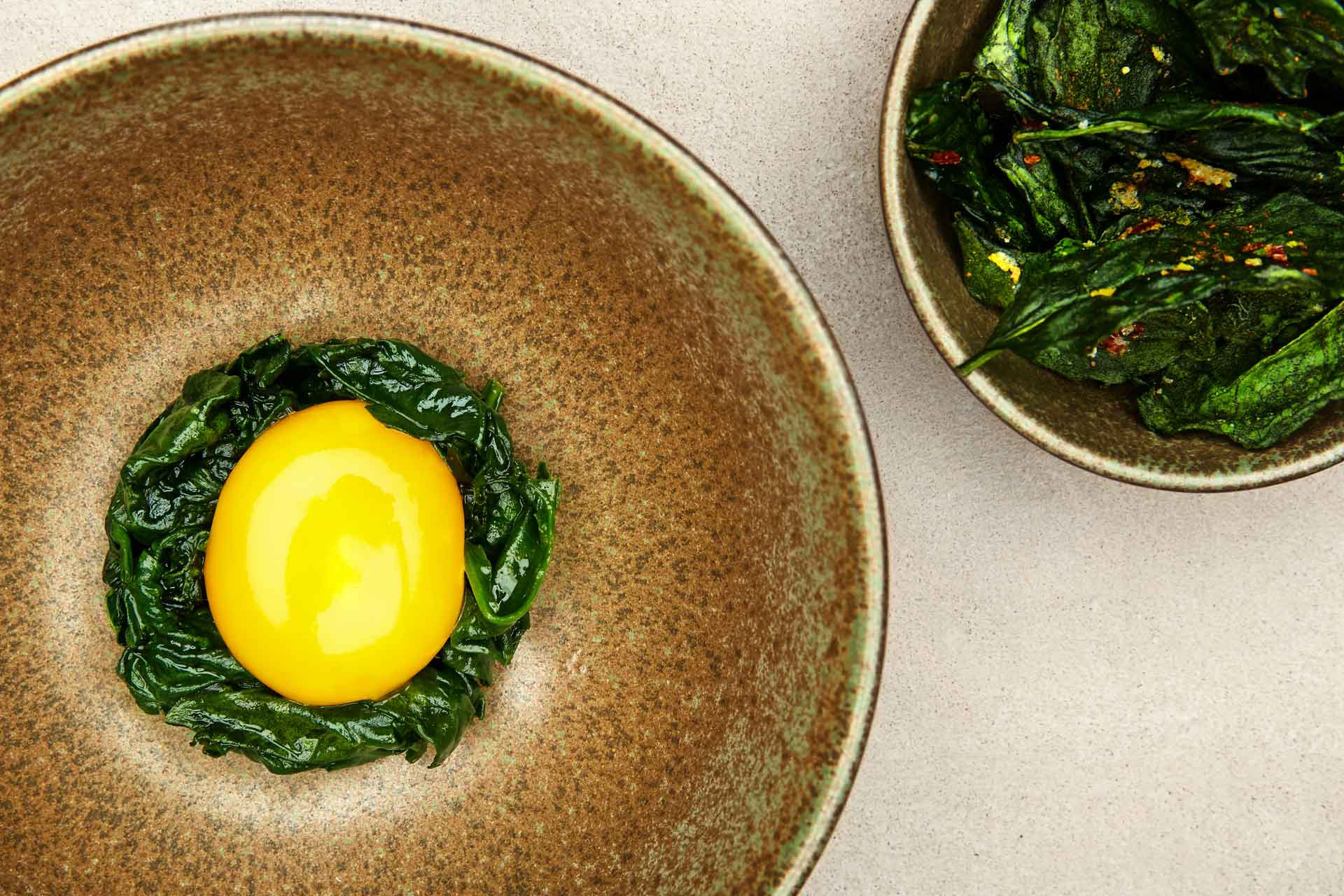
IN A BITE
Owners: Teresa Unterthiner, Stefan Hinteregger
Architecture and Interior Design: Asaggio
Head Chef: Roland Lamprecht
Sous Chef: Felix Tauber
Pastry Chef: Julia Kofler
F&B Manager: Rico Haus
Head Bartender: Tim Biebighäuser-Becker
Head Sommelier: Peter Frank
www.forestis.it
CREDITS
Words: Heleri Rande
Photography: Konstantin Volkmar
Magazine: Supper 23
Related Posts
18 April 2023
A New Level: An interview with Yannick Alléno
17 November 2022
